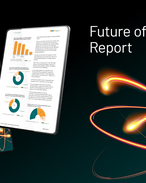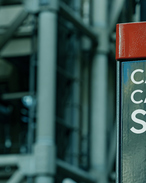This article is 5 years old. Images might not display.
The massive Gorgon project came online in 2016 and started injecting carbon dioxide from its operations this year, despite the company earlier committing to starting its CCS when the LNG plant first came online, one of the conditions by the state government to allow it to operate.
Western Australia's Environmental Protection Authority recently reiterated Chevron should have started CO2 emissions injection into its underground reservoirs three years ago. It started up earlier this year, but Chevron did not make public how much CO2 it began injecting.
This week at the CO2CRC symposium Chevron CCS project team leader Mark Trupp revealed the reason for the delay was down to water content in the CO2.
According to the report by the AFR, Trupp told the event that the CCS project was now operating at about two-thirds of capacity.
Once train three is online, the injection rate will be at full capacity of around 10,000 tonnes per day, he said.
''It is early days still, we don't have the full injection stream up and running, but we have two-thirds of that and so far it is going well," Trupp said, according to the AFR.
''Carbon dioxide is a corrosive substance; we have had some issues managing the water content of the carbon dioxide that has required modifications to our facilities."
According to the report, the delay in injection was specifically caused by modifications required across multiple compressors to manage the ‘dew point' of the CO2 appropriately.
In a report, released in September, the EPA acknowledged there was some confusion around when the start date for injecting CO2 into the underground storage reservoir should have commenced.
However it also found Chevron should have begun injecting CO2 when it received its license to operate its first train, in 2016.
This was originally the plan, with the plant supposed to start its carbon capture and storage operations in tandem with its LNG trains, but there were significant delays.
The EPA inquiry was commissioned by the current McGowan government in May last year, after concerns that the operator would not meet a condition in its licenses to inject at least 80% of its CO2 emissions on a five-year rolling basis.






















